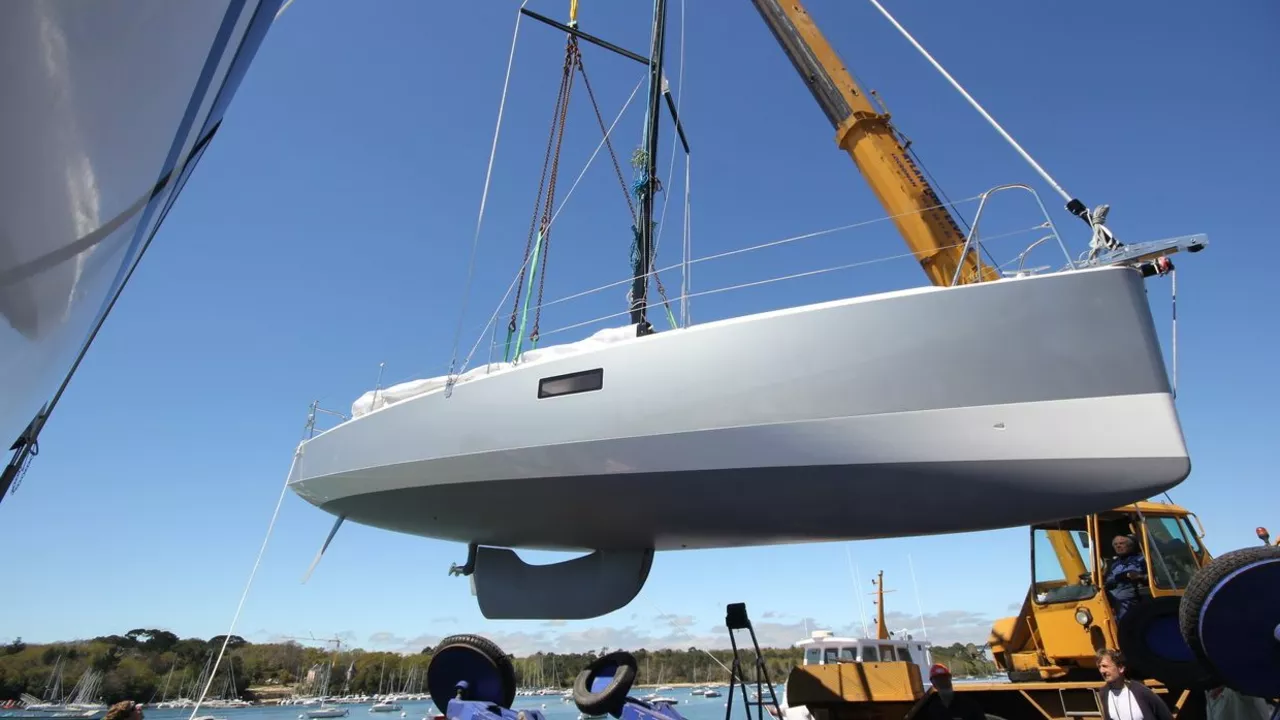Boat Design Basics: What Every Sailor Should Know
Thinking about building or tweaking a boat? The first thing to understand is that design isn’t just about looks – it determines speed, stability, and comfort. Start by sketching the hull shape you want: a narrow V‑hull slices through waves, while a broader flat bottom offers steadier rides in calm water. Choose the style that matches where you’ll sail most often.
Next, consider weight distribution. Heavy gear placed low and near the center keeps the boat level and reduces wobble. If you’re planning a racing yacht, aim for a lightweight deck and a bulb keel to lower the center of gravity. For cruising boats, a bit more ballast adds safety without sacrificing too much speed.
Choosing Materials That Fit Your Budget and Goals
Fiber‑glass is still the go‑to for many hobbyists because it’s cheap, strong, and easy to repair. If you want higher performance, carbon‑fiber offers the best stiffness‑to‑weight ratio, but it will cost more. Wood lovers can opt for marine‑grade plywood or cedar – they look great and are forgiving to work with, though they need regular upkeep.
Don’t forget about the deck layout. A clean cockpit with well‑placed winches and cleats makes handling sails easier. Add non‑slip surfaces where you’ll stand, and keep wiring and plumbing hidden to protect them from the elements.
Design Trends Shaping Modern Boats
Today’s designers love sleek, minimalist lines that cut drag. Bow‑rakes and forward‑placed chines help push water aside, boosting speed without extra power. Many new models also feature modular interiors – think removable cabins that let you switch from a weekend getaway to a full‑time cruiser.
Eco‑friendly choices are on the rise, too. Sustainable resins, recycled composites, and solar‑powered accessories let you sail greener. Even the hull shape can be tuned for lower fuel use when you’re motoring, by reducing wetted surface area.
Finally, test your design before committing to a build. Use simple software like Hullform or even a spreadsheet to estimate resistance and stability. A quick water‑tank test with a scale model can reveal hidden issues before you pour the first layer of resin.
Whether you aim for blistering speed or relaxed cruising, getting the fundamentals right makes all the difference. Keep your design goals clear, pick the right materials, and stay updated on the latest trends – then you’ll have a boat that not only looks good but performs exactly the way you want it to.
What are seaworthy sailing boats?
Seaworthy sailing boats, as the name suggests, are boats that are built to withstand the demands of the sea. These boats can handle rough waters and harsh weather conditions, making them ideal for extended sea journeys. They're designed with safety and stability in mind, often featuring special hull designs and construction materials to endure the elements. Seaworthy sailing boats also come equipped with necessary navigation and communication tools. Regardless of whether you're a casual sailor or a seasoned sea explorer, a seaworthy sailing boat can provide the assurance you need when venturing into the open waters.
View more